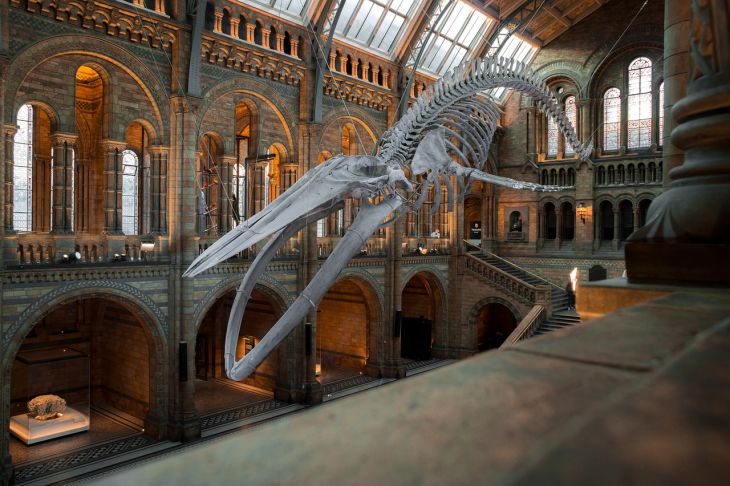Some museums get all the glory. There's the Louvre in Paris, the Smithsonian in Washington, and the Metropolitan Museum of Art in New York.
These museums are known for their grand architecture and impressive collections. Then there are other museums where the weird is the name of the game. They don't attract as many visitors as their famous counterparts, but they do showcase unique treasures.
Meguro Museum of Parasitology
Founded in 1953 by medical doctor Satoru Kamegai, the Meguro Museum of Parasitology in Tokyo is dedicated to the wide variety of parasites.

Ticks, tapeworms, infected fish and diseased reptiles are all preserved in jars and displayed in a museum. Although it is small and the descriptions of the exhibits are written in Japanese, there is something unique about observing the world's most terrifying parasites.
Museum of questionable medical devices
A "psychograph" - a machine for diagnosing personality by measuring bumps on the head. An "electric therapy chair" that was said to cure constipation. Both are on display in a museum of dubious medical devices.
The collection, housed at the Science Museum of Minnesota in St. Paul, showcases devices of dubious medical value. These are items that, without any real research, were developed to treat a variety of physical and mental ailments.
Ventriloquist Museum Vent Haven
The only museum of its kind in the world, located in Fort Mitchell, Kentucky, the museum features over 800 ventriloquists who stare at visitors with glass eyes.
William Shakespeare Berger, an amateur ventriloquist, began collecting the puppets as a hobby and allowed visitors and other ventriloquists to come to his home to see them. The museum officially opened after his death in 1973.
The varied exhibit includes ventriloquists resembling Jimmy Carter, Ronald Reagan, and a blonde named Christine. There are also exhibits dedicated to ventriloquists past and present.
Mutter Museum
The Mütter Museum is located in Philadelphia, Pennsylvania. It opened in 1863 after Dr. Thomas Dent Mütter donated his collection of medical specimens and equipment for research and education. The museum's collection has grown to include antique medical equipment and a variety of anatomical and pathological specimens.
There is a plaster cast of the "Siamese twins" Chang and Eng, a 2-metre-10-centimeter-long skeleton and an exhibition of 2,000 items removed from people's throats.
The museum houses preserved and deformed babies and a 3-metre-long human colon, as well as wax models depicting mysterious conditions such as a woman with a horn in her forehead.
Salt and Pepper Shakers Museum
Salt and pepper shakers are easy to miss on a dinner table, but not at the Salt and Pepper Shaker Museum in Gatlinburg, Tennessee. The museum features 20,000 pairs of salt and pepper shakers.
It was founded in 2001 by Rolf and Andrea Ludden, a married couple. Their huge collection began when friends saw several sets they had bought displayed on a windowsill. They mistakenly assumed the couple was collecting salt and pepper shakers, and began showing up with dozens of sets. Soon the Luddens began adding to their collection as well.
The largest set of the Luddens is 76 centimeters tall, and both pieces are topped with a pineapple. The smallest set is made of silver and holds only a small amount of salt or pepper. Some sets are cast in pewter, while others are made of ceramic. There are sets in the shapes of skulls, alligators, feet, and flamingos. To make room for the ever-growing collection, the Luddens opened a second salt and pepper museum in Guadalest, Spain, in 2010.
International Museum of Cryptozoology
The museum's collection contains more than 10,000 exhibits. Notable exhibits include a baby Bigfoot and dozens of plaster casts believed to be made from Bigfoot footprints.
The museum features a sample of Bigfoot hair and plaster casts of the Honey Island swamp monster in Louisiana. It also houses a creepy prop from the movie The Fijian Mermaid, which was presented as half-ape, half-fish.
